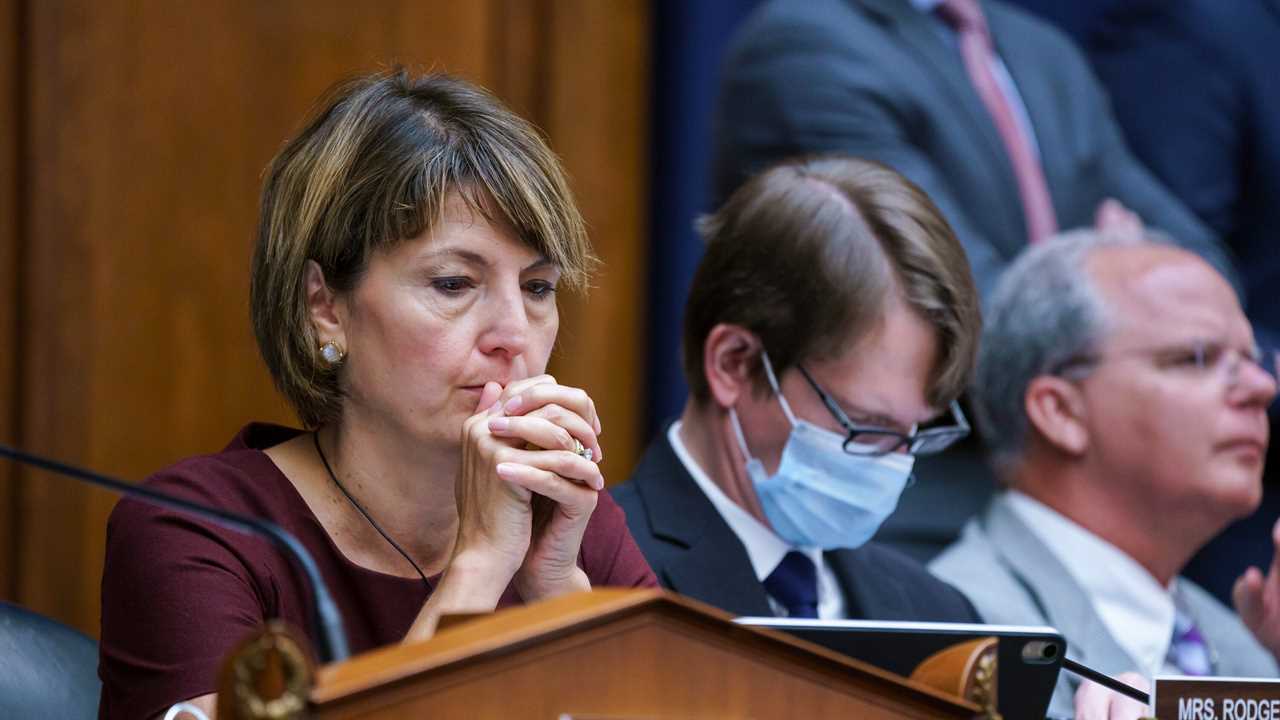
House Democrats writing the health provisions of their big social spending bill aimed high: new coverage for poor Americans without insurance; extra subsidies for people who buy their own coverage; and new dental, hearing and vision benefits for older Americans through Medicare.
To pay for those, they also aimed high when it came to lowering drug prices. A measure that would link the prices of certain prescription drugs to those paid overseas was devised to save the government enough money to offset the costs of those other priorities. The House approach, estimates suggest, could save the government around $500 billion over a decade, with that money coming out of the pockets of the pharmaceutical industry.
But it’s risky to bet against the drug companies.
Three House Democrats on a key committee voted the measure down on Wednesday. There are still ways for House leaders to put the provision back in the final bill, but the House Democratic majority is so slim that those three legislators, if determined, could represent a significant barrier to passing the broader package.
The dynamic is familiar to lawmakers who have worked on health issues: Health industries are large and powerful lobbies, and they do not enjoy having their revenues cut. As with measures that might reduce payments to hospitals, doctors and insurance companies, the House’s attempt to take a bite out of drug companies has generated a backlash.
“I just don’t think paying for a lot of things by crippling investments in life sciences is really the way to go forward,” Representative Scott Peters, Democrat of California, one of the three holdouts, told my colleague Emily Cochrane on Tuesday. “Losing the investment in pharma is too big a price to pay.”
Understand the Infrastructure Bill
- One trillion dollar package passed. The Senate passed a sweeping bipartisan infrastructure package on Aug. 10, capping weeks of intense negotiations and debate over the largest federal investment in the nation’s aging public works system in more than a decade.
- The final vote. The final tally in the Senate was 69 in favor to 30 against. The legislation, which still must pass the House, would touch nearly every facet of the American economy and fortify the nation’s response to the warming of the planet.
- Main areas of spending. Overall, the bipartisan plan focuses spending on transportation, utilities and pollution cleanup.
- Transportation. About $110 billion would go to roads, bridges and other transportation projects; $25 billion for airports; and $66 billion for railways, giving Amtrak the most funding it has received since it was founded in 1971.
- Utilities. Senators have also included $65 billion meant to connect hard-to-reach rural communities to high-speed internet and help sign up low-income city dwellers who cannot afford it, and $8 billion for Western water infrastructure.
- Pollution cleanup: Roughly $21 billion would go to cleaning up abandoned wells and mines, and Superfund sites.
Mr. Peters’s district in the San Diego area includes tens of thousands of workers in medical research and drug development. Some might lose their jobs if pharmaceutical profits shrank, research investments dwindled or companies closed their doors. Mr. Peters has co-sponsored a competing drug pricing bill, which he argues would better target inefficiencies and market failures. The budgetary effects of that legislation have not been measured — and the House committee did not vote on it Wednesday — but it is similar to a Senate bill that was estimated to generate a fifth as much savings.
Without the drug pricing provision, Democrats will have a tough time financing their other priorities. They are passing their bill using a special budget procedure to avoid a Republican filibuster. But that process means their bill has to hit specified budget targets. If the savings from drug price regulation are reduced, so, too, will their budget for the package’s spending initiatives. Democrats have already abandoned plans for some other revenue-generating policies, like an estate tax.
The United States pays higher prices for prescription drugs than any of its peers — about 250 percent of the price paid on average by other Organization for Economic Cooperation and Development countries, according to a recent report from the RAND Corporation. And those high costs ripple through the federal budget and the economy, increasing insurance premiums, and putting lifesaving medications out of reach for some patients.
Democrats in Congress want to lower the drug prices that Medicare and other federal programs pay, both to generate a way to pay for other things and also to benefit general consumers and businesses.
But lowering drug prices does come with trade-offs. Drug company businesses are built around assumptions of high margins in U.S. markets, and investors in early stage companies make choices based on their expectation that a drug that works will generate a big payday. The Congressional Budget Office — the same nonpartisan agency that told the House such a policy could save the federal government lots of money — recently released a report indicating that substantial drug price reductions would have corresponding negative effects on the number of new drugs developed in the future.






